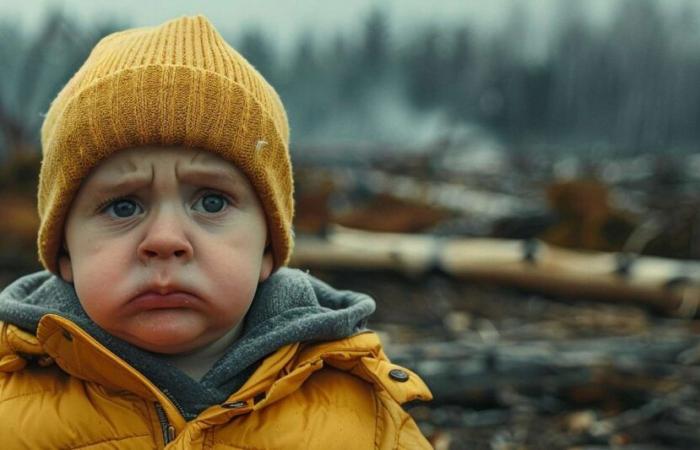Since October 21, representatives of 196 countries have gathered in Cali (Colombia). But this is not to talk about climate and warming. No this time, it is biodiversity which is at the center of attention of this 16e Conference of the Parties to the United Nations Convention on Biological Diversity, COP16 biodiversity. Because scientists say it, the situation is serious. All over the world, populations are collapsing. And if we fail to reverse the trend, the consequences for humanity will be terrible.
Did you know?
The term biodiversity refers to any living entity evolving on our planet. Whether on land, in the sea, in the soil, in the city or in the countryside, and even in our intestines. Animals – including us humans –, plants, mushrooms. And even those we don't see. The crowd of micro-organisms. In total, some 2 million species known to scientists to date. But researchers estimate there could be between 8 and 12 million more, just for the species “visible”.
To better understand, let us remember that species have always become extinct very naturally. But today, the rate of this extinction is 10 to 1,000 times faster than the natural rate. Since 1970, around 70% of vertebrate populations have disappeared. There massemasse insects decrease by 2.5% each year. And in France alone, 30% of field birds have left in just 15 years. The cause is the destruction and artificialization of environments, the overexploitation of resources, species trafficking, climate change, pollution, the introduction of invasive species and a little more indirectly, a growing human population, globalization and an economic model ill-suited to the exhaustible nature of resources.
Biodiversity provides us with many services
Now that the stage is set, let's return to the question that torments us: what would happen if biodiversity collapsed? Let's go crescendo. First of all, note that we risk losing walks in the forest. The less diverse a forest is, in fact, the more sensitive it becomes to diseases and changes in its environment. The more likely it is to disappear completely.
The collapse of biodiversity is therefore indeed a threat to ecosystemsecosystems entirely whole. If plant species become fewer, soils may be more exposed to erosion, landslides and floodsfloods. When some herbivoresherbivores disappear, the landslands that they occupied become more susceptible to fires.
Without biodiversity, our choice of materials could also be restricted. Because let's not forget where the boisboisbut also cotton and wool and even certain stones – from shellsshells or skeletons of long-dead animals.
To be healthy, we need biodiversity
But this seems almost nothing compared to the other consequences that a collapsecollapse of biodiversity. On our diet, first. Because biodiversity rhymes with varied diet. The example of pollination is undoubtedly the best known. Insects, in fact, contribute free of charge to the development of some 80% of cultivated foods. But it is also a question of pest control or soil fertilization. Fewer insects and biodiversity also mean deteriorated agricultural yields. More generally, the fewer different species there are in an ecosystem, the less efficient it is at producing nutrients that we can consume.
Still from the point of view of human health, losing biodiversity means risking losing active ingredientsactive ingredients valuable in healing us. To care for our animals, too. It even risks accelerating the spread of infectious agents.
The loss of biodiversity also harms the quality ofairair and water. Because plants and even microbesmicrobes and the mushroomsmushrooms know how to filter pollutants. But also, even more directly, because plants – including algaealgae marine – produce the oxygen we breathe. Just that.
Biodiversity and climate, same fight
Seen like this, we could almost come to believe that ultimately, the collapse of biodiversity threatens us more than the global warmingglobal warming. Above all, the two appear very closely linked. Forests and oceans, for example, are known to be regulators of our climate. They absorb part of the carbon dioxidecarbon dioxide (CO2) which we emit and which causes temperatures to rise. But the collapse of biodiversity puts its carbon sinkcarbon sink in danger. With the risk that the climate will get even more heated.
Make a visual commitment against global warming and the loss of biodiversity
Scientists no longer hesitate to speak of a sixth mass extinction. Of existential threat. And France has decided on a national biodiversity strategy to counter this collapse of life by 2030. A plan intended to make concrete the agreement adopted at the last biodiversity COP and which provides, for example, for the protection of 30% of lands and seas, the restoration of also 30% of degraded ecosystems and a halving of the use of pesticidespesticides. But France alone will not succeed. To save biodiversity, representatives of the world gathered at COP16 will have to move on to vitessevitesse superior.






